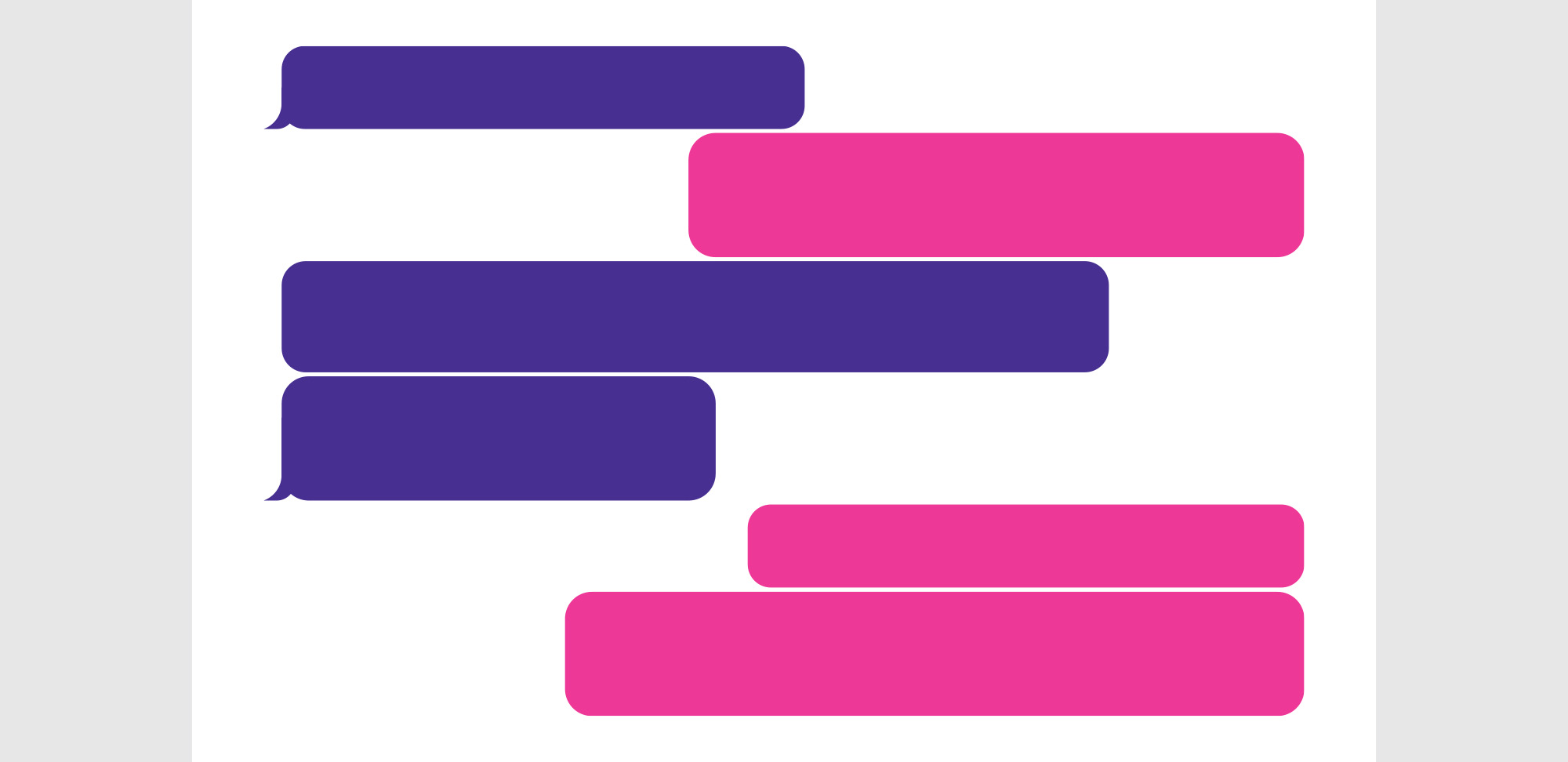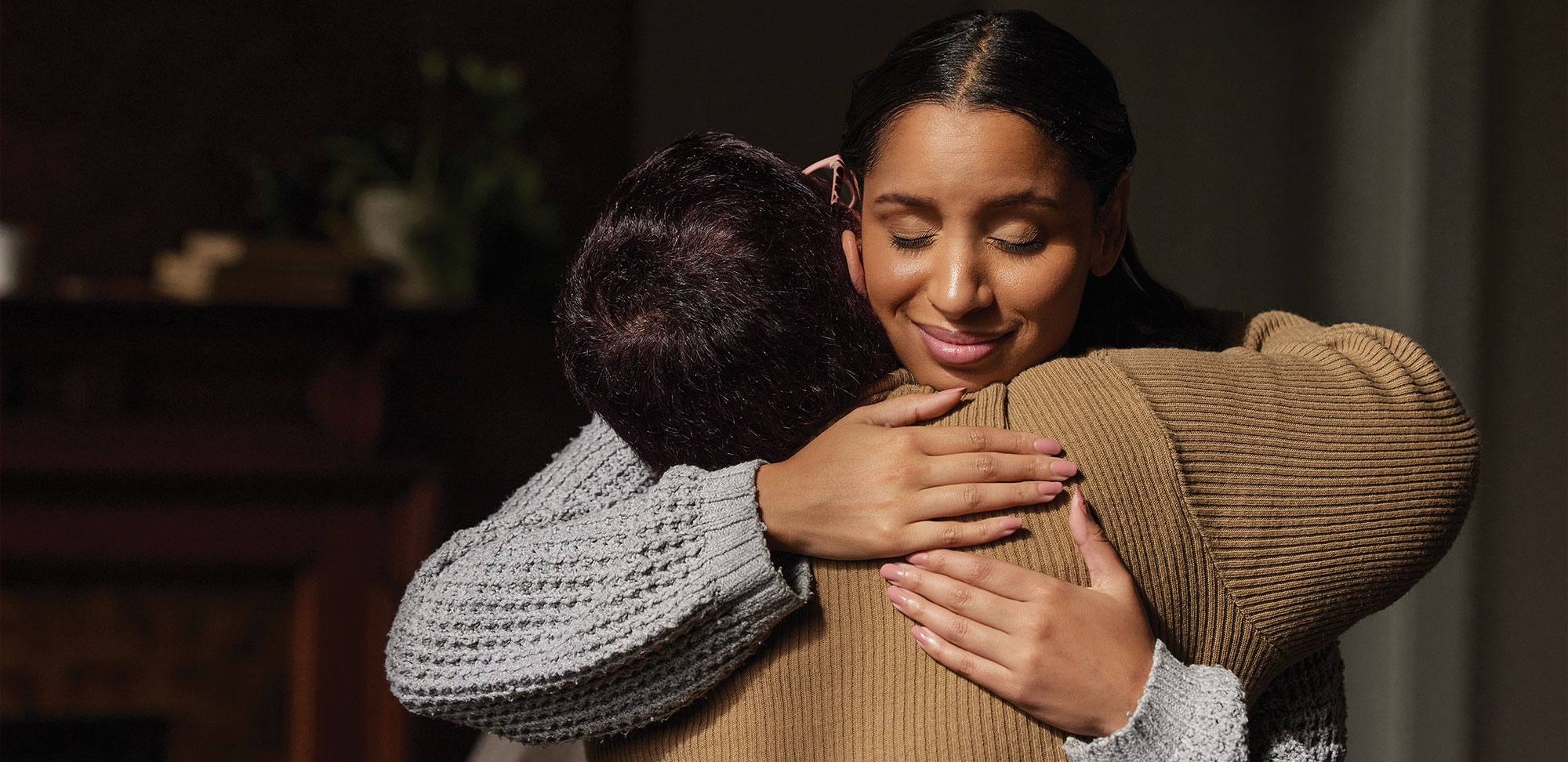“Reach out and touch someone,” AT&T’s 1979 advertising slogan said, reminding Americans to call their loved ones. Times change, and today, that slogan would probably be “Reach out and text someone.”
After all, in 2019, there were more than 30 million smartphone users in Canada, according to Statista, a market and consumer data firm. (That number is predicted to reach 33 million by 2024.) And the younger generations aren’t the only users; older generations are also embracing the digital life. A 2019 Pew Research Center survey of U.S. adults reported that 68 per cent of people ages 55 to 73 own a smartphone, as do 40 per cent of those 74 to 91 years old.
While texting may not completely replace a phone call or an in-person chat, it’s a simple, easy way to communicate with friends and family — whether that’s to maintain your social relationships or organize an activity. And there are benefits.
First, texting is private. You can have a conversation without anyone hearing your side of it. So you can confide in a friend or grumble about your MPP, and no one’s the wiser.
Second, it’s fast. You’re more likely to get a quicker response to a text than a voicemail or email. Studies have shown that 95 per cent of text messages will be read within three minutes of being sent.
Third, it’s convenient. As long as your phone has a signal, you can send and receive a text anywhere, at any time. That’s what my mum, Phyllis Smith (District 17 Simcoe County), 86, likes about texting. “I only have the one person I text, and that’s my daughter, but I can text her any time of the day,” she says. “I can text her while I’m having coffee at Starbucks in the morning or at night when I’m sitting watching TV and I want to ask her a question.”
My mum got her smartphone two years ago and slowly began to learn the art of texting. “I wasn’t very good doing the keyboard, but I got better and wanted to do it all the time,” says Smith. At the beginning of this year, she discovered how to correct words when her fingers hit the wrong keys. “I now know to hit the space bar and the real word goes right into my message,” she says.

Texting is good for not only personal relationships but also businesses. According to Zipwhip’s 2020 State of Texting report, 68 per cent of companies use texting to alert their customers to upcoming sales, new products and appointments.
Adrian Aguilera, an associate professor at UC Berkeley Social Welfare and a clinical psychologist, uses automated text messages to support his patients.
The self-study component of cognitive behavioural therapy is challenging for some patients, he says. “We developed this texting program about 10 years ago to help people keep practising on a regular basis.” When patients receive the daily text, they track their mood daily and note what they’re doing or thinking and how they’re feeling, he explains.
Sometimes, patients start the therapy and then stop several weeks in. The text messages, Aguilera adds, help keep patients more engaged. “One of the things we saw is that people who were getting text messages were able to stay engaged, and showed up to about twice as many sessions and dropped out much later in the treatment than people who didn’t receive text messages,” he says.
Motivation and engagement aren’t the only benefits. Qualitative results also indicate that his patients felt supported. “Some told us they felt cared for and supported because they still see [the text] as coming from the therapist — even though it’s automated,” he says. “There’s a sense that somebody is at least reviewing the messages.”
That’s the way my mum feels. “When you’re texting me back, I feel great,” says Smith. “I’m right there. You’re in touch.”
While my mum hasn’t yet mastered acronyms — I had to tell her LOL did not mean “little old lady” — she does love emojis. The emojis add a “personal touch to a text. It’s like attaching a photo to an email,” she says. And though she continues to text just me every day, she does want to find a few more friends to chat with. “I would like to have more people to text. I’ll do my best and make the effort because I really enjoy it!”
Editor’s note: As of publication, Phyllis Smith now has eight texting friends.

What’s in an acronym?
You may have mastered fat-finger errors on a smartphone to produce perfectly spelled words, but if you want to maximize your texting efficiency you can use some well-known acronyms. Here are a few to get you started.
BTW
By the way
ICBW
It could be worse
ICYMI
In case you missed it
IMHO/IMO
In my humble opinion/In my opinion
IOW
in other words
LMK
Let me know
LOL
Laugh out loud
NP
No problem
PLS/PLZ
Please
PPL
people
TTYL
Talk to you later
TY
Thank you











